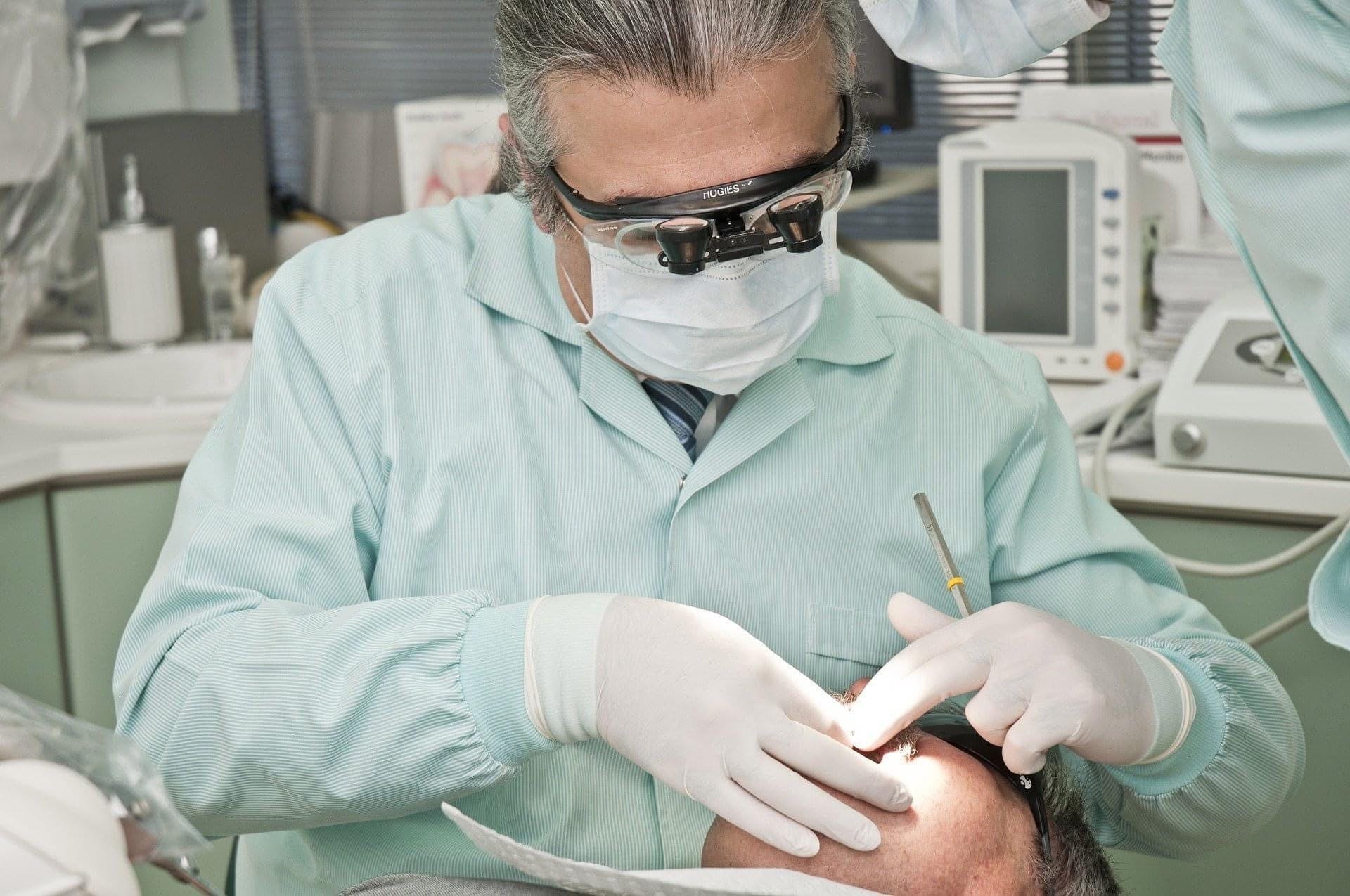Vitamin C, or ascorbic acid, is a water-soluble vitamin—meaning that our bodies do not store it so we need to obtain it from food or supplements. It is an antioxidant, which blocks damage caused by free radicals. Too many free radicals may contribute to the aging process as well as the development of cancer, heart disease and arthritis.
We need Vitamin C for the growth and repair of tissue, and it helps the body produce collagen—an important protein that is used to make skin, cartilage, tendons, ligaments, blood vessels, vertebral discs, joint linings and capillary walls. It is also needed for healing wounds and repairing and maintaining bones and teeth. Miami dentists recommend that patients incorporate between 75-90mg of this powerful nutrient in their daily diets (please see Dosage: Getting Plenty of Vitamin C below).
Vitamin C stimulates adrenal function and the release of norepinephrine and epinephrine (adrenaline) –our stress hormones. When the body is stressed for a long period of time, Vitamin C is depleted in the adrenals and its levels are lowered in the blood. Ascorbic acid also helps thyroid hormone production. It aids in metabolizing cholesterol, which then helps it be eliminated, thereby lowering blood cholesterol.
Vitamin C, an antioxidant vitamin, helps prevent oxidation of water-soluble molecules that can create free radicals, which may generate cellular injury and disease. Vitamin C also indirectly protects, from oxidation, the fat-soluble vitamins A and E and some of the B vitamins, such as riboflavin, thiamine, folic acid and pantothenic acid. Ascorbic acid acts as a detoxifier and may reduce the side effects of drugs such as cortisone, aspirin and insulin; it might also be helpful in lowering the toxicity of heavy metals like mercury, lead and arsenic.
Uses of Vitamin C
There are many clinical and nutritional uses for Vitamin C. It is being shown through continued research that it may stimulate the immune system and help prevent and treat infections and other diseases. It might help fight bacterial, viral and fungal diseases. High dose Vitamin C may activate the immune response to viruses and decrease the production of histamine, thereby reducing immediate allergy potential. Vitamin C for cancer treatment, while controversial, is used to prevent the formation of free radicals.
Vitamin C is widely used to treat and prevent the common cold and the flu, as it produces a positive immunological response to help fight bacteria and viruses. It supports the body’s adrenal function and helps produce the adrenal hormones epinephrine and norepinephrine which can help the body handle infection and stress. Because of this adrenal-augmenting response, as well as thyroid support provided by stimulating production of the thyroxine (T4) hormone, Vitamin C may help with problems of fatigue and slow metabolism. It also helps counteract the side effects of cortisone drug treatments and may correct the decline in cellular immunity that is caused when using these immune-suppressive drugs.
Ascorbic acid is a natural laxative and can be used to alleviate constipation problems; too much Vitamin C can cause diarrhea.
Signs of Vitamin C Deficiency
There is evidence to suggest that many people have low levels of Vitamin C. Signs of Vitamin C deficiency include fatigue; dry and splitting hair; gingivitis (inflammation of the gums); bleeding gums; rough, dry or scaly skin; decreased wound-healing rate; easy bruising; nosebleeds; and decreased ability to fight infection. Low Vitamin C levels are associated with the following conditions: high blood pressure, gallbladder disease, stroke, some cancers and atherosclerosis—the buildup *of plaque in blood vessels, which can cause heart attack and stroke. Adequate Vitamin C may help reduce the risk of these conditions.
Vitamin C is used up more quickly when the body is stressed, with alcohol use and smoking.
A smoker’s blood level of Vitamin C is generally much lower than that of a nonsmoker, given the same intake. Other factors that increase the body’s need for Vitamin C include fever, viral illness, using antibiotics, cortisone, aspirin and pain medication, exposure to environmental toxins like DDT, petroleum products, carbon monoxide and exposure to heavy metals like lead, mercury or cadmium. The body eliminates Vitamin C from the body at an increased rate when using sulfa antibiotics.
Dosage: Getting Plenty of Vitamin C
In the past, humans consumed large amounts of Vitamin C in their native diet. Most other animals, except guinea pigs, produce ascorbic acid in their liver from glucose in amounts much higher than we get in our diet today. Therefore, Dr. Linus Pauling–who made Vitamin C popular to the public—believed that we need between 2,000 and 9,000 mg of Vitamin C daily. This is compared to the RDA of 75 mg for females and 90 mg for males.
Ascorbic acid is absorbed from the intestines, about 80-90 percent of what is ingested. The body uses Vitamin C in about two hours after consumption, and it is out of the blood within three to four hours. Therefore, it is suggested to take Vitamin C supplements at four-hour intervals instead of once per day.
Sources: Where Can I Find Vitamin C?
Vitamin C’s best food sources are citrus fruits—oranges, lemons, limes, tangerines and grapefruits. Other good fruit sources are rose hips, acerola cherries, papayas, cantaloupes and strawberries. Good vegetable sources include red and green peppers (the best), asparagus, broccoli, Brussels sprouts, cabbage, dark leafy greens, parsley, sauerkraut and tomatoes. Vitamin C is one of the least-stable vitamins and is sensitive to light, air and heat, so you’ll get the most content if you eat these foods raw or lightly cooked.
Sources for this article include:
www.vitamincfoundation.org
www.umm.edu/altmed/articles/vitamin-c-000339.htm
www.vitamincfoundation.org





